In less than two minutes, Tesla employees were able to take off their gas masks.
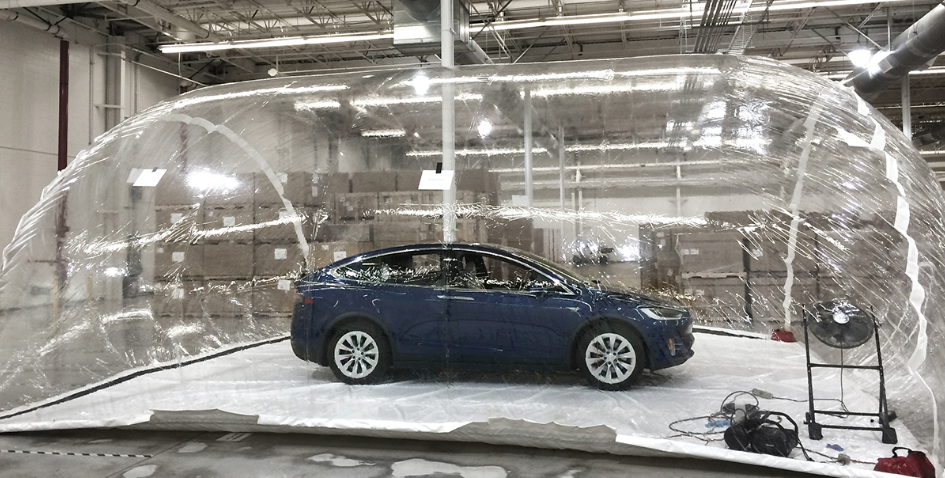

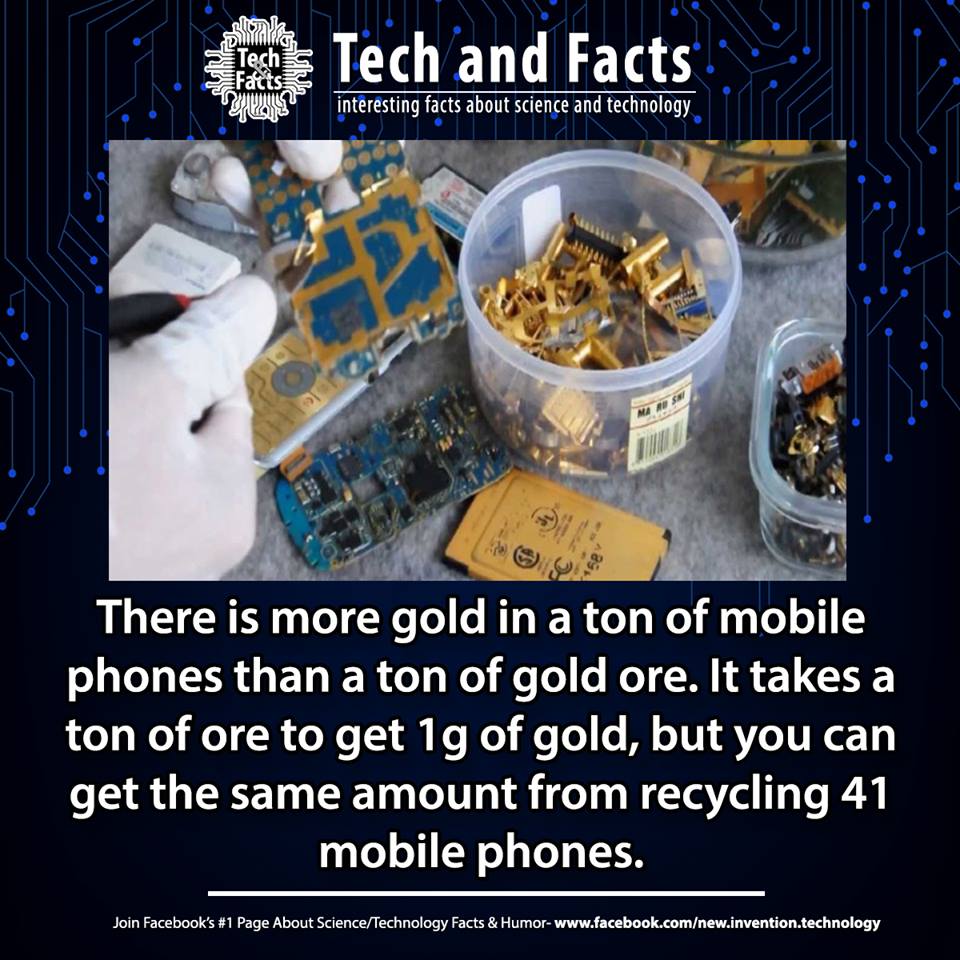
Seed bombing is a method for repairing deforested land.
And that means dropping *a lot* of seeds from the sky.
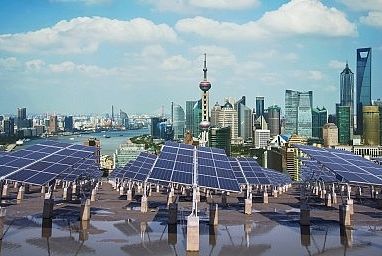
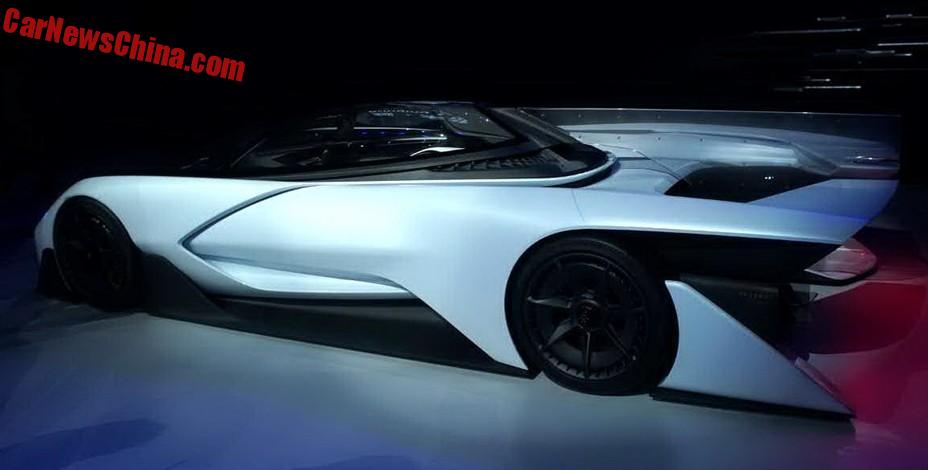
LeEco is known as the “Netflix of China” due to its very popular video streaming service, but the conglomerate also has interests in a much wider range of sectors including smartphones, TVs and electric vehicles.
Ding Lei, LeEco’s auto chief and a former top official at General Motors’ China venture with SAIC Motor, says part of LeEco’s advantage in tomorrow’s auto industry is that it carries no baggage from today’s.
This, the man said, is the future of cars, and the Chinese consumer electronics company LeEco is going to make that future a reality.
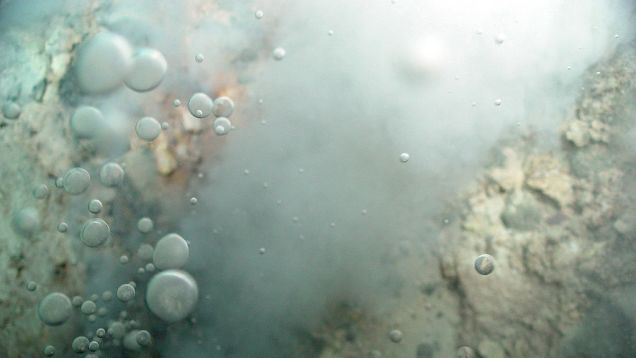
File this under definitely not good: global warming is depleting the oceans of oxygen. You know, that little molecule that we, along with all other complex life forms, require in order to breathe and therefore live.
The reason is simple. According to basic thermodynamics, cold water can hold more dissolved gases than warm water. As our ever-warming atmosphere heats the surface of the ocean, the oxygen content starts to fall. Also, as water warms, it expands and gets lighter. This makes it less likely to sink, which in turn reduces the transport of oxygen from the atmosphere into the deep ocean.
All of this is well-established science. It’s also understood that the oxygen content of the ocean varies all the time due to changes in weather, seasons, latitude, and longer-term climate patterns like El Niño. But a study published this week in Global Biogeochemical Cycles is the first to show that the oxygen content of the world’s oceans is now falling thanks to climate change.
Turns out the Model 3 isn’t going to be Tesla’s most affordable model.
Teslas can cheaper?
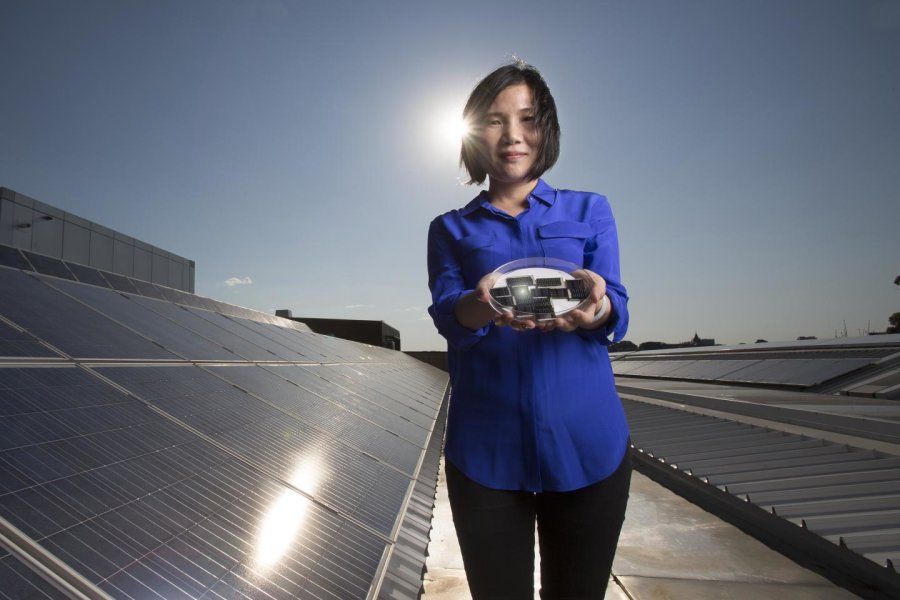
‘Zero-energy’ buildings — which generate as much power as they consume — are now much closer after a team at Australia’s University of New South Wales achieved the world’s highest efficiency using flexible solar cells that are non-toxic and cheap to make.
Until now, the promise of ‘zero-energy’ buildings been held back by two hurdles: the cost of the thin-film solar cells (used in façades, roofs and windows), and the fact they’re made from scarce, and highly toxic, materials.
That’s about to change: the UNSW team, led by Dr Xiaojing Hao of the Australian Centre for Advanced Photovoltaics at the UNSW School of Photovoltaic and Renewable Energy Engineering, have achieved the world’s highest efficiency rating for a full-sized thin-film solar cell using a competing thin-film technology, known as CZTS.
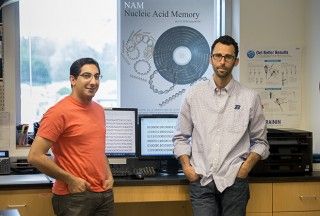
Of course bio technology holds the key for better memory.
Newswise — A group of Boise State researchers, led by associate professor of materials science and engineering and associate dean of the College of Innovation and Design Will Hughes, is working toward a better way to store digital information using nucleic acid memory (NAM).
It’s no secret that as a society we generate vast amounts of data each year. So much so that the 30 billion watts of electricity used annually by server farms today is roughly equivalent to the output of 30 nuclear power plants.
And the demand keeps growing. The global flash memory market is predicted to reach $30.2 billion this year, potentially growing to $80.3 billion by 2025. Experts estimate that by 2040, the demand for global memory will exceed the projected supply of silicon (the raw material used to store flash memory). Furthermore, electronic memory is rapidly approaching its fundamental size limits because of the difficulty in storing electrons in small dimensions.

Tomorrow’s cars will be all-electric, self-driving, connected to high-speed communications networks … and free.
And probably Chinese.
That, at least, is the vision of Jia Yueting, a billionaire entrepreneur and one of a new breed of Chinese who see their technology expertise re-engineering the automobile industry, and usurping Tesla Motors, a U.S. pioneer in premium electric vehicle (EV) making.
“Tesla’s a great company and has taken the global car industry to the EV era,” Jia said in an interview at the Beijing headquarters of his Le Holdings Co, or LeEco. “But we’re not just building a car. We consider the car a smart mobile device on four wheels, essentially no different to a cellphone or tablet.